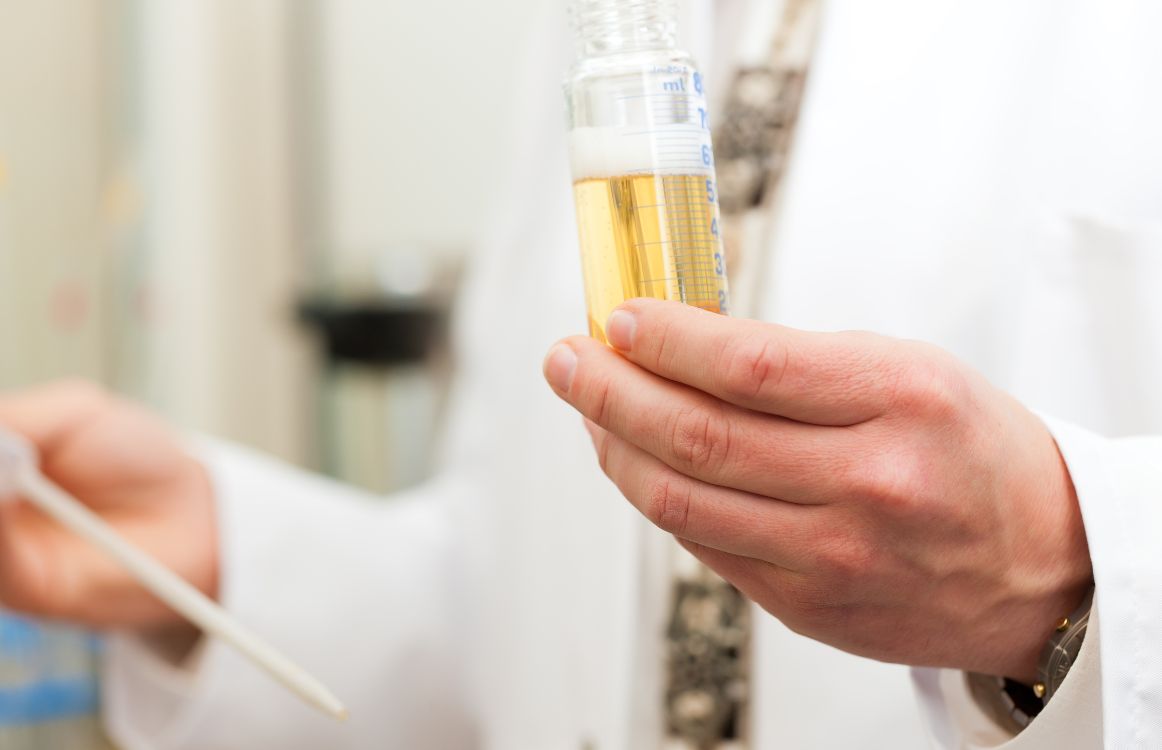Diastaticus Yeast Infection in Beer
You take the time and energy to craft a perfectly delightful brew, you package it up, and you send it off to a nearby market to be sold. Only to find out your bottles are exploding. What?! Yes. It happens. You may be dealing with a diastaticus yeast infection in beer.
What Is Diastaticus?

Diastaticus is a strain of yeast whose full name is Saccharomyces cerevisiae var. diastaticus. Wait? Saccharomyces cerevisiae? The same yeast as virtually every other brewer’s yeast? Yes. That’s right. Diastaticus is simply a variant strain of standard brewer’s yeast that has been around for millennia, if not longer. It is a wild yeast that can be considered an infection but can also be considered an interesting strain to work with. It all depends on how you look at it.
Of course, no brewer wants to deal with unexpected or unintentional yeast or bacteria in their beer, particularly when that beer makes bottles explode.
So, what’s happening?
How Diastaticus Works
What makes diastaticus stand out from other S. cerevisiae strains is an enzyme this strain secretes called glucoamylase. This enzyme breaks down the unfermentable sugars that other yeast strains would otherwise leave as part of the body of the beer. What’s especially interesting about diastaticus is that it takes its time.
First, the brewer’s yeast you pitched will consume all of the fermentable sugars, you will rack your beer, perhaps condition it, and then bottle or keg it. You’ll think you’re all done with the brewing process. Now, diastaticus is turned on and it will begin to break down those unfermentable sugars and consume them as fermentable sugars, increasing the alcohol level and, you guessed it, the carbonation in your bottles or kegs. Cue the explosion.
How to Prevent Diastaticus Infection in Beer
Honestly, the best way to control diastaticus in beer is to keep an aseptic environment free of contaminants. For a smaller brewery, this simply means to follow your CIP protocols thoroughly and ensure you have closed up any possibilities for exposure throughout your brewing process. Wild yeast is sneaky and can enter your beer at any time.
It is also helpful to note that this yeast strain does its worst damage at higher temperatures, those above 86 degrees Fahrenheit, so as long as you keep your beer in the cooler, you will likely be able to avoid having those bottles burst.
Of course, you’ll want to tell your vendors and your customers that your beer is meant to be kept cold as well. Fortunately, if you run a smaller brewery, you may be skipping the flash or tunnel pasteurization step in order to maintain flavor and aroma in your beer, which means you’re likely keeping your beer cold anyway. Just double check that your vendors and beer drinkers are, too.
How to Test for Diastaticus in Beer

Still, if you do have a diastaticus yeast infection in your beer, you want to know about it before you bottle it and send it off, right? Unfortunately, diastaticus shows up under a microscope identical to standard Saccharomyces cerevisiae, and it can take as little as one cell to start the gushing process in your bottles. These cells also reproduce relatively rapidly, just like regular brewer’s yeast.
To test for diastaticus, then, you’ll need to check your terminal gravity reading, pH levels, carbonation levels, and ABV at the time of bottling.
Then, take a sample from the beer you have sent to market.
You likely have a diastaticus issue if:
- The gravity level has dropped.
- Carbonation levels have increased.
- pH levels have remained steady.
- ABV has increased.
If you suspect you have diastaticus in your beer before bottling, you can incubate a sample of the beer at 90 degrees Fahrenheit for 3 days and see if diastaticus grows.
Alternatively, you can send a sample off to the lab, which is obviously more expensive but worth the expense if it means you can catch a possible route of contamination.
Is Diastaticus always a Yeast Infection?
Finally, it is important to note that diastaticus is not always an infection. Wild yeasts have been used to brew amazing beer for thousands of years, and when handled properly, they can make delicious beverages rich with texture, aroma, and flavor that is raved about the world over. Really.
Diastatic yeasts can produce amazing dry beers like some favorite Belgian strains. They can also bring out spicy phenolics and even tartness.
In the end, diastasticus can be your best friend as a brewer or your worst enemy. It all comes down to how you look at it and how you handle it.
To be on the safe side, however, be sure you follow all your cleaning procedures, tighten up any possible areas of contamination, and ensure that any wild yeasts you work with are there on purpose.
Cheers!
Are you still pitching fresh yeast every time? By reusing your yeast, you can save up to hundreds of thousands of dollars per year on just yeast alone!
Join the hundreds of brewers from all around the world using the Smartest Automated Yeast Cell Counter! Request a Free Demo Account today and experience firsthand how Oculyze can take your brewery to the next level!
Sources:
- https://rockstarbrewer.com/the-beginners-guide-to-diastaticus-in-beer-and-how-to-diagnose-gushing-bottles-cans-and-kegs/
- https://brewingindustryguide.com/uunder-the-microscope-dealing-with-diastaticus-in-the-brewhouse/
Stay on top on important fermentation insights – subscribe to our monthly newsletter and receive a hand-picked selection of our most relevant articles straight to your inbox.
Never miss a beat and get real time updates with a new article each workday by subscribing our social media channels.
Instagram | Facebook | Twitter | YouTube


